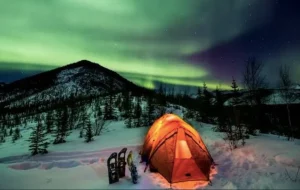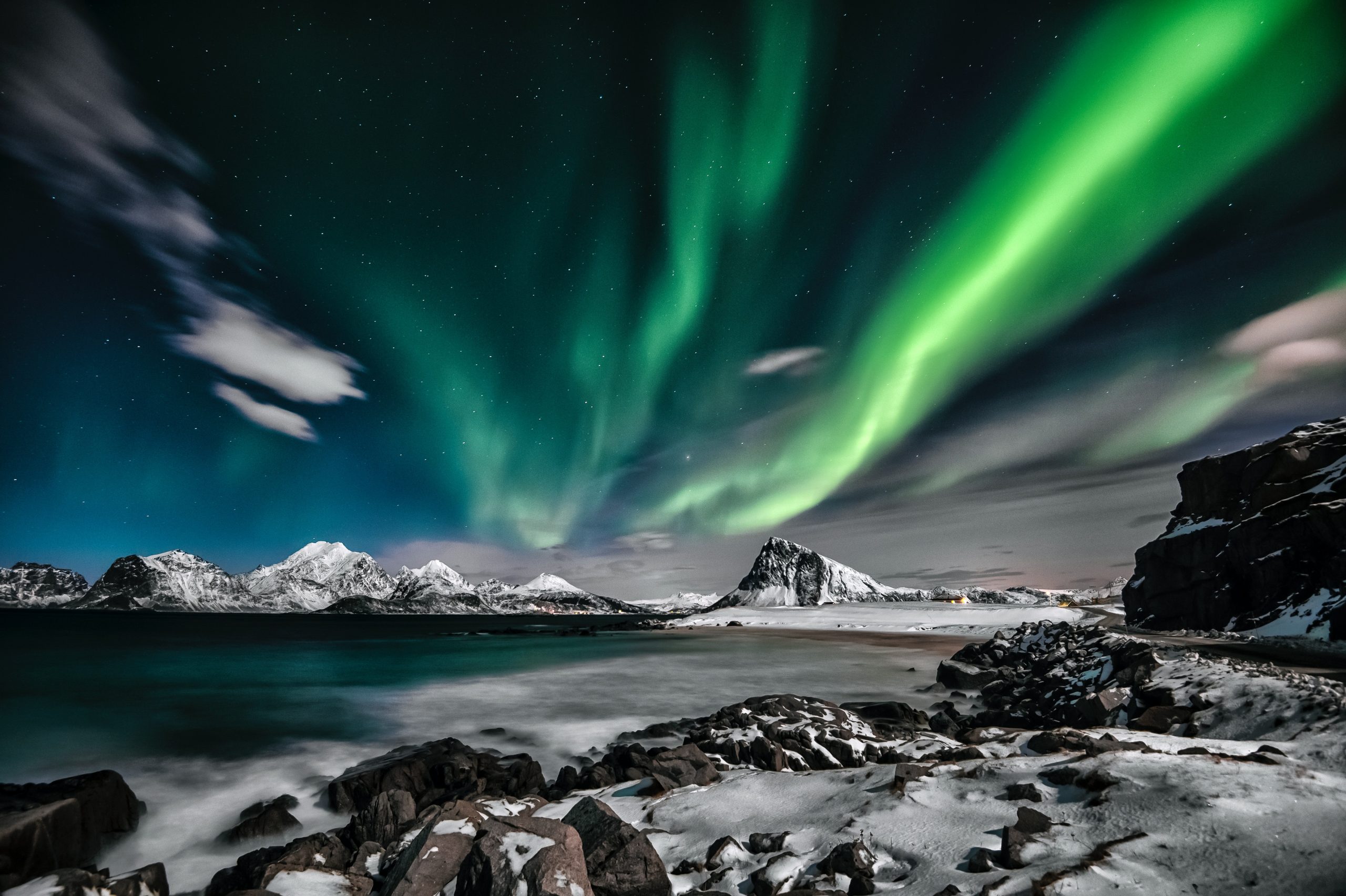67 Days of Life Without Sun
The town of Barrow, Alaska, located on the northernmost point of the United States, is known for its long, dark winters. However, in 2018, the town experienced an unprecedented period of darkness that lasted for 67 days.
Barrow, also known as Utqiaġvik in the native Iñupiaq language, experiences a phenomenon called “polar night” every winter. This is a period when the sun does not rise above the horizon for at least 24 hours. However, in 2018, the polar night in Barrow lasted for a record 67 days, from November 18, 2017, to January 23, 2018.
During this period, the town was plunged into complete darkness, with only a few hours of twilight each day. The darkness had a significant impact on the lives of the town’s residents, who had to adjust to the complete absence of sunlight for two months.
One of the most significant impacts of the prolonged darkness was on the mental health of the residents. Seasonal affective disorder (SAD), a type of depression that is related to changes in the seasons, is common in areas that experience long periods of darkness. The prolonged darkness in Barrow led to an increase in cases of SAD, with many residents experiencing feelings of sadness, lethargy, and difficulty sleeping.
The darkness also had an impact on the town’s economy, particularly on the tourism industry. Barrow is a popular destination for tourists who want to experience the polar night, with many visitors coming to see the northern lights, which are visible during this period. However, the prolonged darkness made it difficult for tourists to experience the town’s attractions, leading to a significant drop in tourism revenue.

The darkness of life without sun also presented practical challenges for the town’s residents. It made it difficult to travel or engage in outdoor activities, and many residents had to rely on artificial light sources to carry out their daily routines. The town’s infrastructure was also affected, with streetlights and other outdoor lighting systems needing to be upgraded to cope with the prolonged period of darkness.
Despite the challenges posed by the prolonged darkness, the residents of Barrow were able to adapt and persevere. They relied on each other for support and found creative ways to make the most of the limited daylight hours. The town’s schools and community centers organized indoor activities and events to help residents cope with the darkness.
So when the sun rises in Barrow, Alaska, depends on the time of year. During the summer months, the sun appears to rise in the northeast and follows a low arc across the sky before setting in the northwest. During the winter months, the sun remains below the horizon, and the sky remains dark throughout the day.
It is worth noting that Barrow, Alaska has a unique climate and geography, and experiences some of the most extreme weather and daylight conditions in the world.
Food Items in Barrow, Alaska
Due to its remote location and extreme weather conditions, the food options in Barrow are limited and tend to be more expensive than in other parts of the country.
The traditional diet of the indigenous Inupiaq people of the region is based on hunting and fishing, and includes foods such as whale, seal, caribou, and fish. However, due to government regulations, hunting and fishing in the area are closely monitored and restricted, and the Inupiaq people are increasingly dependent on imported food.
The local grocery stores in Barrow carry a limited selection of fresh produce and perishable goods, as these items must be shipped in from other parts of the country. Many residents also rely on hunting and fishing to supplement their diets, and there are a few local stores that specialize in selling hunting and fishing gear and supplies.
In recent years, efforts have been made to promote local food production and agriculture in the region, with the establishment of a community garden and a local farmers market. However, due to the short growing season and extreme weather conditions, these initiatives face significant challenges.
The food options in Barrow, Alaska are limited and tend to be more expensive than in other parts of the country. The traditional diet of the Inupiaq people is based on hunting and fishing, but due to government regulations and restrictions, many residents rely on imported food. Efforts have been made to promote local food production and agriculture in the region, but the extreme weather conditions and short growing season present significant challenges.
In conclusion, the 67-day period without sun in Barrow, Alaska, in 2018 was a challenging experience for the town’s residents. The darkness had a significant impact on their mental health, the local economy, and the town’s infrastructure. However, the residents were able to adapt and persevere, demonstrating their resilience in the face of adversity. The experience serves as a reminder of the challenges posed by the extreme weather conditions in the northernmost parts of the world and the importance of supporting communities in these areas.

